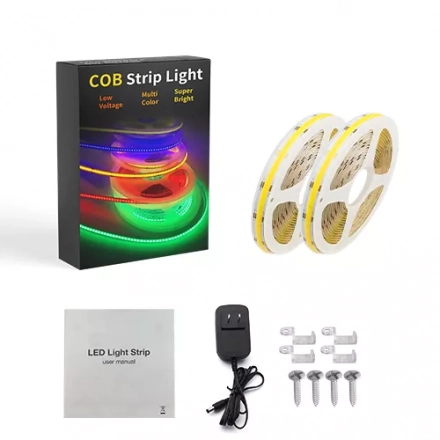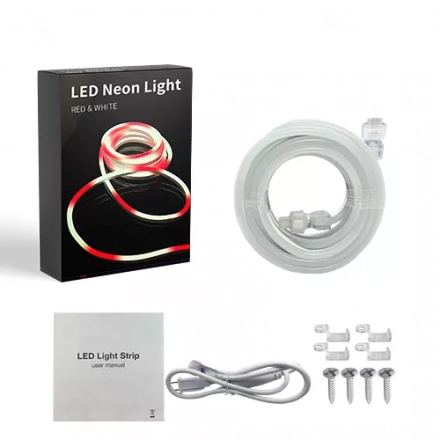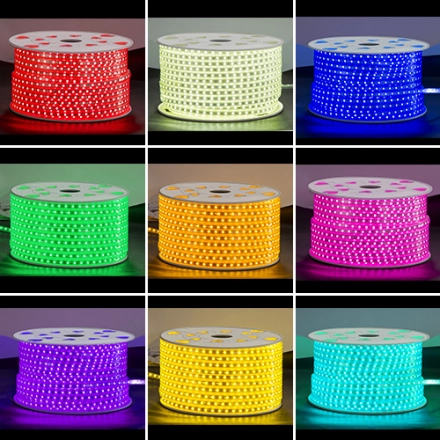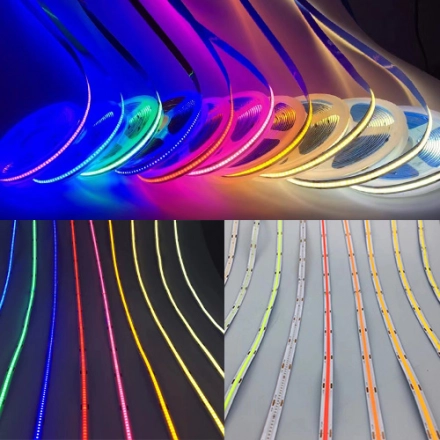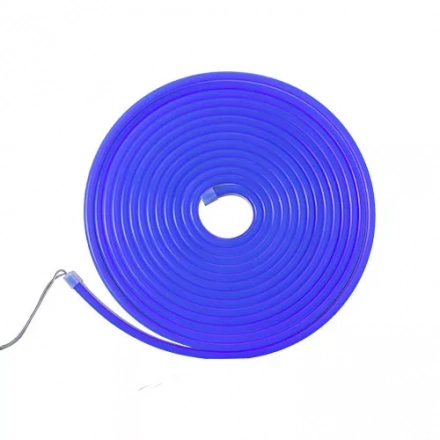Objective Analysis of the Potential of "Outdoor LED Strip Lights" in Exterior LED Strip Lighting
Outdoor lighting plays a crucial role in enhancing the aesthetics and functionality of exterior spaces. LED strip lights have gained popularity as a versatile lighting solution for both indoor and outdoor applications. In this article, we will objectively analyze the potential of "outdoor LED strip lights" specifically in the context of exterior LED strip lighting.
Advantages of LED Strip Lights:
LED strip lights offer several advantages that make them suitable for outdoor use. Firstly, they are highly energy-efficient, consuming significantly less power compared to traditional lighting options. This energy efficiency not only reduces electricity bills but also contributes to a greener environment. Additionally, LED strip lights have a long lifespan, ensuring durability and minimizing maintenance requirements. Their small form factor and flexibility allow for easy installation and creative placement, providing endless design possibilities for exterior lighting projects.
Weather Resistance:
One critical factor to consider when using LED strip lights outdoors is their ability to withstand various weather conditions. Manufacturers now offer outdoor-rated LED strip lights that are specifically designed to be weather-resistant. These lights are typically encased in a protective material, such as silicone or PVC, which shields them from moisture, dust, and UV radiation. When properly installed and sealed, outdoor LED strip lights can withstand rain, snow, and extreme temperatures, ensuring reliable performance in different climates.
Brightness and Color Options:
Another aspect that determines the suitability of outdoor LED strip lights for exterior lighting is their brightness and color options. LED technology has significantly improved over the years, allowing for brighter and more vibrant illumination. Outdoor LED strip lights come in various brightness levels, allowing users to choose the appropriate intensity for their specific application. Furthermore, these lights offer a wide range of color options, including RGB (Red, Green, Blue), RGBW (RGB + White), and single-color variations. This versatility enables users to create dynamic and visually appealing lighting displays for outdoor spaces.
Installation and Control:
Installing outdoor LED strip lights requires careful planning and proper execution. It is essential to select the appropriate type of strip light, considering factors such as IP (Ingress Protection) rating and power requirements. IP ratings indicate the level of protection against solids and liquids, with higher ratings offering better resistance. Additionally, outdoor LED strip lights can be controlled using various methods, such as manual switches, wireless remotes, or smartphone apps. This control flexibility allows users to adjust brightness, color, and effects according to their preferences, enhancing the ambiance and functionality of the outdoor area.
Conclusion:
Outdoor LED strip lights have immense potential in exterior LED strip lighting due to their energy efficiency, durability, weather resistance, brightness options, color versatility, and control capabilities. When properly selected, installed, and maintained, these lights can transform outdoor spaces, adding beauty, functionality, and ambiance. Whether it's highlighting architectural features, illuminating pathways, or creating captivating outdoor experiences, outdoor LED strip lights offer a versatile and compelling lighting solution.

